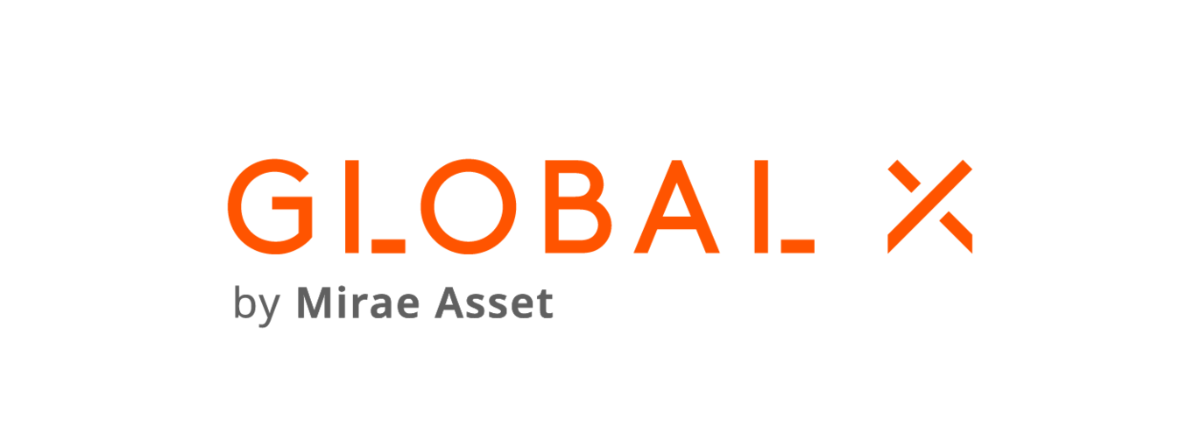Investors who are looking for a source of income and a hedge against volatility may want to consider adding a covered call ETF to their portfolio.
A covered call ETF uses a strategy known as covered call writing to generate income for its investors.
In Europe, Global X unveiled a covered call ETF in November 2022, the Global X Nasdaq 100 Covered Call UCITS ETF (QYLD), which offers exposure to the stocks in the Nasdaq 100 index.
In this article, we will explore what a covered call ETF is, how it works, its benefits and risks, and some examples of popular covered call ETFs.
What Is a covered call ETF?
A covered call ETF is an exchange-traded fund that uses a strategy called covered call writing to generate income for its investors. Covered call writing is a strategy in which an investor sells call options on a security they own in exchange for a premium. The premium received from selling the call option provides additional income for the investor.
Covered call ETFs typically invest in a portfolio of stocks and then use the covered call writing strategy on a portion of their portfolio. By using this strategy, the ETF can generate additional income for investors while still providing exposure to the underlying stocks in the portfolio.
How do covered call ETFs work?
Covered call ETFs work by investing in a portfolio of stocks and then selling call options on a portion of those stocks. The call option gives the buyer the right, but not the obligation, to buy the underlying stock at a specific price (known as the strike price) on or before a certain date (known as the expiration date). In exchange for selling the call option, the ETF receives a premium.
If the price of the underlying stock does not reach the strike price before the expiration date, the call option will expire worthless, and the ETF keeps the premium as income. If the price of the underlying stock does reach the strike price, the ETF will have to sell the stock to the option buyer at the strike price but will still keep the premium as income.
The strategy of covered call writing can help reduce the volatility of the ETF's portfolio by providing a source of income and a potential hedge against market downturns. However, it's important to note that the strategy also limits the potential upside of the underlying stocks. If the price of the underlying stock increases significantly, the ETF may have to sell the stock at the strike price, missing out on any additional gains.
Benefits and risks of covered call ETFs
Covered call ETFs offer several benefits, such as reduced volatility and income generation. However, these ETFs also present some risks, such as market risk and option risk, that investors should know about before buying shares of these funds.
Here are some of the main benefits and risks of covered call ETFs:
Benefits of covered call ETFs
Reduced volatility:
By selling call options, the ETF can provide a potential hedge against market downturns and potentially outperform the market. This can help reduce overall portfolio volatility and smooth out returns over time.
Income generation:
Covered call ETFs are designed to generate income for investors by selling call options on the underlying stocks in the portfolio. This can provide a steady stream of income, making them a popular choice for investors looking to supplement their retirement income or generate cash flow from their investments.
Tax efficiency:
Because covered call ETFs generate income through the sale of call options rather than through dividend payments, they may be more tax efficient than other types of income-generating investments.
Risks of covered call ETFs
Market risk:
Like all stock investments, covered call ETFs are subject to market risk. If the overall market declines, the ETF may decline in value, even if it generates income through the sale of call options.
Option risk:
Selling call options also comes with its own set of risks. If the price of the underlying stock increases significantly, the ETF may have to sell the stock at the strike price, which could result in a loss.
Counterparty risk:
When an investor sells a call option, they are entering into a contract with the buyer of that option. If the buyer is unable to fulfil their end of the contract (i.e., pay for the underlying stock), the investor may be left with a loss.
Bottom line
Covered call ETFs can be a good option for investors looking for a hedge against volatility and income generation. However, it is important to consider the risks associated with the strategy, including market risk, option risk and counterparty risk.
As with any investment, investors should carefully evaluate their investment objectives, risk tolerance, and investment time horizon before investing in covered call ETFs.
This article was originally published on ETF.com



